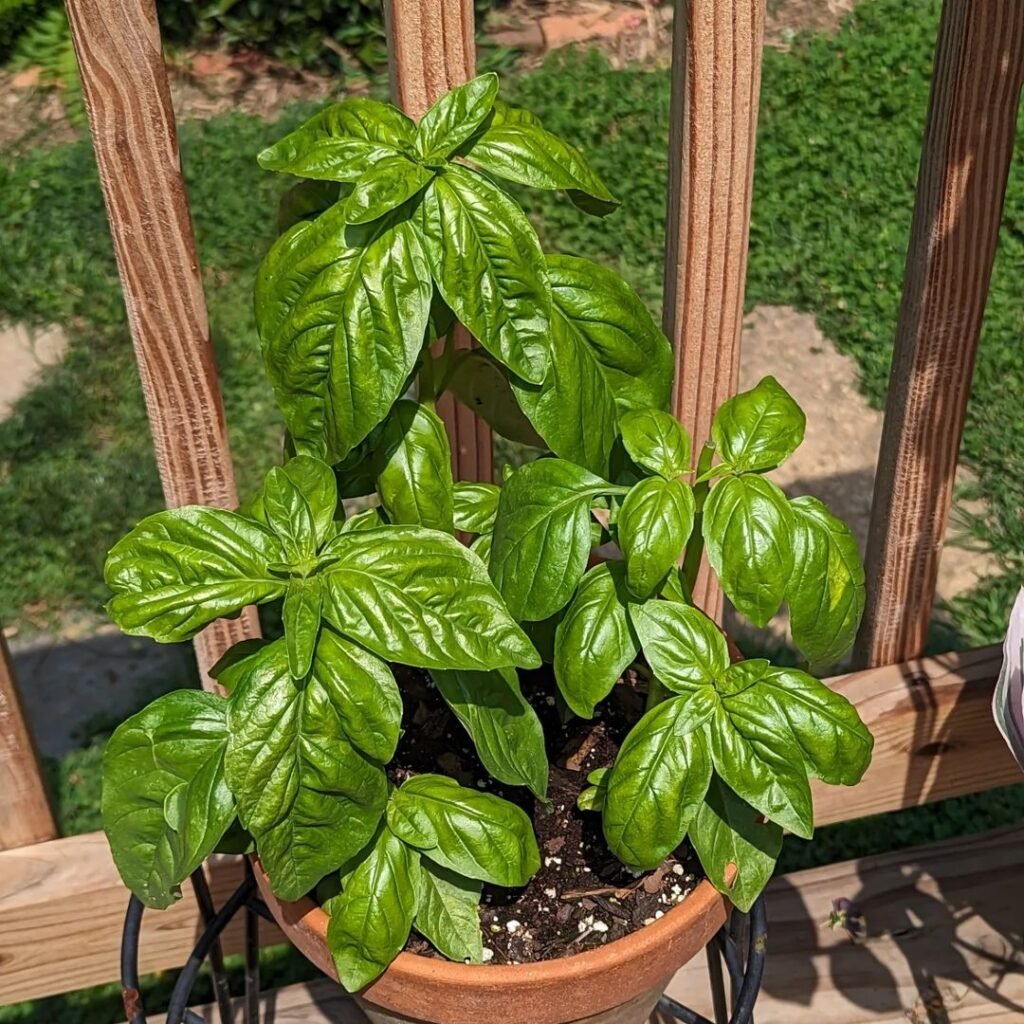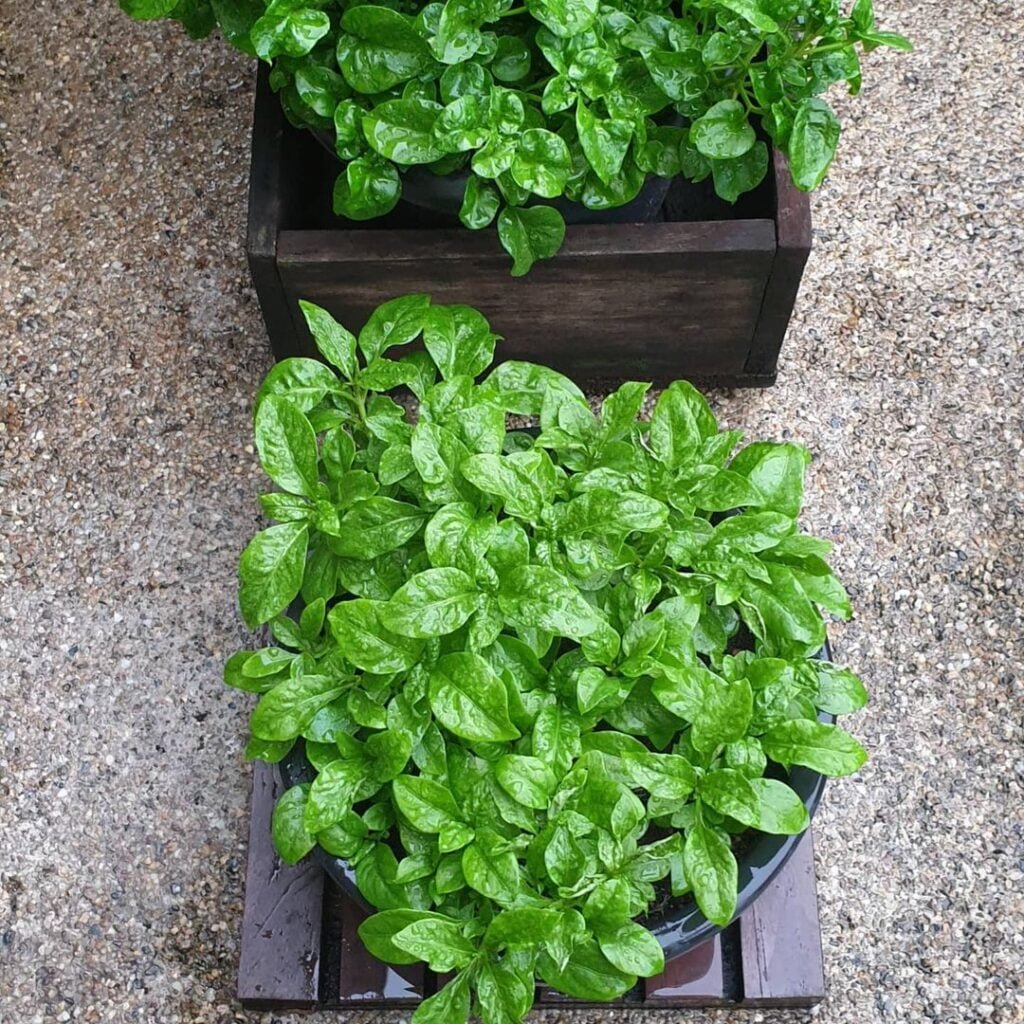Discover the Best Companion Plants For Peppers and how they can enhance the health and productivity of your pepper plants.
Peppers are a popular choice for gardeners across the USA. They add vibrant color and flavor to any dish and are a staple in many cuisines. However, growing peppers successfully can sometimes be challenging. One way to improve the health and productivity of your pepper plants is by planting them alongside compatible companion plants. In this article, we’ll explore the seven best companion plants for peppers and how they can benefit your garden.
What Are Companion Plants?

Companion planting is a gardening practice that involves planting different types of plants together to enhance growth, repel pests, and improve overall garden health. Certain plants can support each other by sharing nutrients, deterring pests, or providing shade. Let’s explore how companion plants can benefit your pepper plants.
Benefits of Companion Planting for Peppers
- Pest Control: Some plants help repel pests that may harm your peppers, such as aphids, spider mites, and nematodes.
- Pollination: Companion plants can attract beneficial insects like bees, which help pollinate your peppers.
- Soil Improvement: Certain plants add nutrients to the soil, benefiting your peppers’ growth.
- Shade and Moisture Control: Taller plants can provide shade for your peppers and help regulate soil moisture.
The 7 Best Companion Plants for Peppers
1. Basil

Basil is one of the best companion plants for peppers. It not only enhances the flavor of your peppers when grown nearby, but it also helps repel aphids, spider mites, and other pests.
- Plant Attributes:
- Growth: Annual herb
- Soil: Well-drained, moderately moist
- Sunlight: Full sun
- Benefits: Repels pests, enhances flavor
2. Marigolds

Marigolds are known for their bright colors and strong scent, which deters pests like nematodes and aphids.
- Plant Attributes:
- Growth: Annual flower
- Soil: Well-drained, moderately moist
- Sunlight: Full sun
- Benefits: Repels pests, attracts beneficial insects
3. Onions

Onions and other alliums, such as garlic and chives, help repel pests like aphids and spider mites.
- Plant Attributes:
- Growth: Biennial, often grown as an annual
- Soil: Well-drained
- Sunlight: Full sun
- Benefits: Repels pests
4. Nasturtiums

Nasturtiums are attractive flowers that help deter pests, especially aphids.
- Plant Attributes:
- Growth: Annual
- Soil: Well-drained
- Sunlight: Full sun to partial shade
- Benefits: Repels pests
5. Parsley

Parsley attracts beneficial insects such as ladybugs and parasitic wasps, which help control pests.
- Plant Attributes:
- Growth: Biennial
- Soil: Well-drained
- Sunlight: Full sun to partial shade
- Benefits: Attracts beneficial insects
6. Carrots

Carrots can improve the soil structure and attract beneficial insects like predatory beetles.
- Plant Attributes:
- Growth: Biennial, often grown as an annual
- Soil: Loamy, well-drained
- Sunlight: Full sun to partial shade
- Benefits: Improves soil, attracts beneficial insects
7. Spinach

Spinach provides ground cover that helps retain soil moisture and control weeds.
- Plant Attributes:
- Growth: Annual
- Soil: Well-drained, rich
- Sunlight: Full sun to partial shade
- Benefits: Retains soil moisture, controls weeds
How to Incorporate Companion Planting

To incorporate companion planting into your garden:
- Plan Your Layout: Choose which companion plants to grow alongside your peppers and plan the arrangement in your garden.
- Rotate Crops: Practice crop rotation to maintain soil health and reduce the risk of pests and diseases.
- Monitor Your Garden: Keep an eye on your plants to see how they interact and adjust your planting strategy as needed.
- Be Patient: Companion planting may take time to show results, so be patient and observe the changes in your garden over time.
Conclusion
Companion planting is a natural and effective way to enhance the health and productivity of your pepper plants. By planting peppers alongside the right companion plants, you can enjoy a thriving and bountiful garden. Experiment with different combinations and see what works best for your specific growing conditions.
Pingback: Peppers: The Ultimate Guide to Growing From Seed to Plate -
Pingback: 17 Veggies to plant in Summer Gardens -
Pingback: Cosmos Garden: Unlock the Secrets to a Spectacular -
Pingback: Chili Plants: The Ultimate Guide to Growing Them -
Pingback: Winter Bird Feeding: A Guide to Nourishing Our Feathered Friends
Pingback: Benefits of Companion Planting: A Guide for Gardeners
Pingback: Flax Flowers : Care and Maintenance for Vibrant Blooms